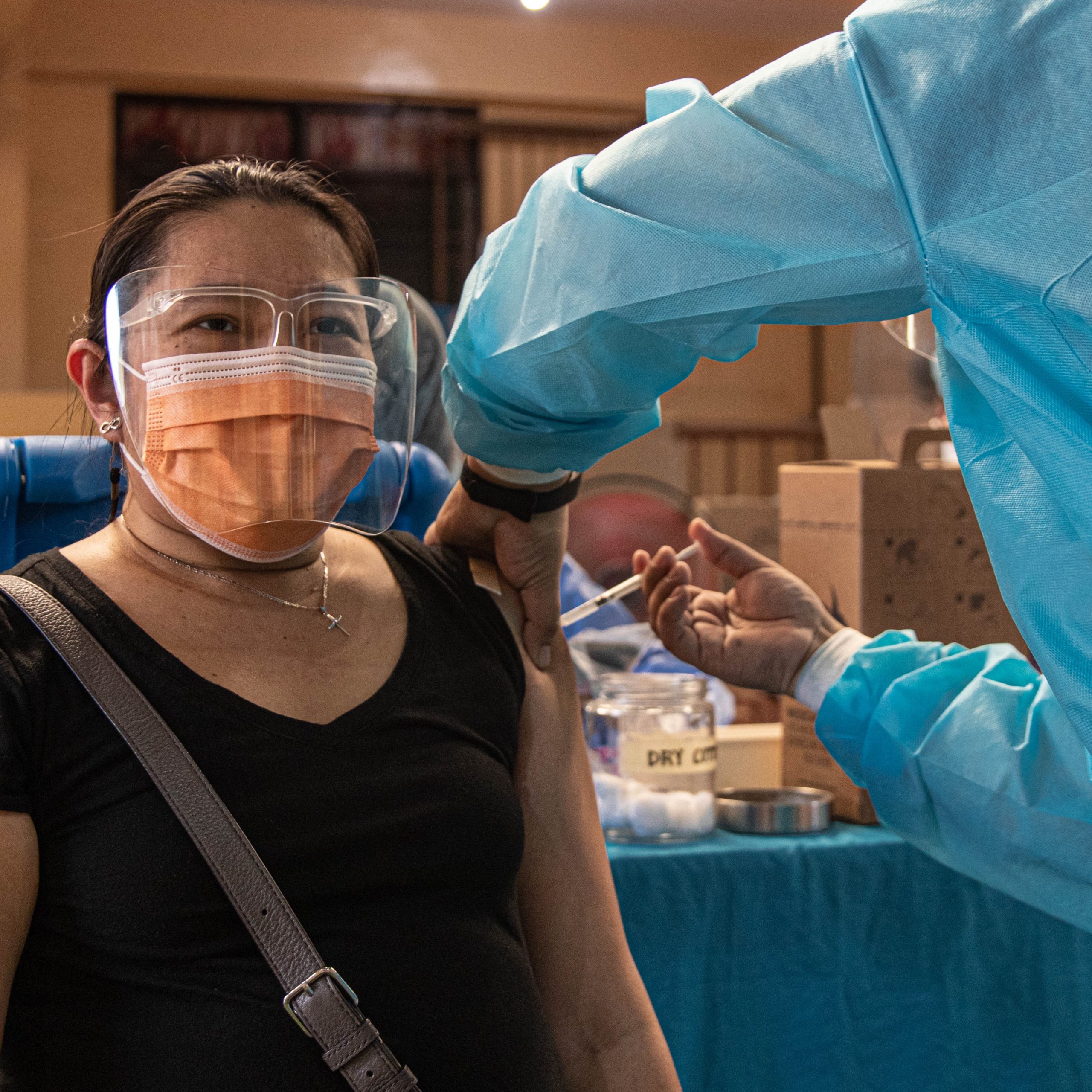Since the Philippines’ procurement of vaccines, Filipinos have been hesitant to get themselves vaccinated. Despite 3 million doses having been administered, as of May 15, many are still thinking twice whether or not Sinovac, AstraZeneca, Pfizer or Sputnik V could protect them in the long run.
COVID-19 vaccines have been the talk of the town since the first arrival of Sinovac doses in the Philippines last March. While many Filipinos questioned Sinovac’s safety due to its 56.5% efficacy rate; the Pfizer vaccine, with a 95% efficacy rate, had drawn crowds into vaccination sites, and made some people illegally pay thousands for a reservation of its vaccination slot.
With this, the Department of Health (DOH) announced that local government units will not notify constituents of the vaccine brands to be given. This sparked criticisms from netizens for breaking transparency practices toward the public.
Netizens take action
In broadcaster Anthony “Ka Tunying” Taberna’s discussion with Australian doctor Adam “Doc Adam” Smith titled “COVID19 VACCINE: YES OR NO? ALAMIN ANG SAGOT NI DOC ADAM AT KA TUNYING,” the two addressed and debunked vaccine-related queries with facts.
Doc Adam emphasized that vaccines help prevent severe symptoms and death from COVID-19. “...You can still get [COVID-19] after the vaccine, but it helps—nakakatulong ito maiwasan ang pagkamatay dahil sa COVID.” He stated, “Vaccines are good, vaccines save lives; you need to get vaccinated.”
One concern was the fear of getting Sinovac since it was made in China where they correlated it with being fake or having low quality. Doc Adam responded by saying that the brand had been used on at least 260 million people worldwide and that serious side effects of the vaccines are “very rare.”
Doc Adam reminded viewers that vaccines are safe as they go through several trials before getting their go signal. He reminded the viewers to look for information on similar vaccines in other countries if they are hesitant to take the doses.
On-ground experiences
Harel Dayan, a legislative assistant to Deputy Speaker Deogracias Savellano, was hesitant to take his first Sinovac dose in early May. In an exclusive interview, he shared, “I needed time to research its effectiveness in countries where there were millions of Sinovac shots administered, and after reading articles and testimonies from people who got it, I finally decided to take the vaccine.”
Mr. Dayan expressed his sentiments on the government’s inaction towards the ongoing vaccination, noting their failure to procure 10 million Pfizer doses in December 2020. He also addressed how first-world countries have dibs on doses with the highest efficacy rates.
“...DOH and other researchers should observe Filipino citizens who have completed their Sinovac vaccinations and present it to the public, just like how Indonesia reported the effectiveness of Sinovac in a real-world setting.”
He encourages Filipinos to take the available vaccines, and comply with the health protocols since vaccinated citizens are still few compared to the country’s population.
It’s a collective initiative
At this point, having second thoughts on taking a vaccine is valid, but we should avoid blaming one another for our reasoning. While citizens continue to doubt the process of vaccination in the Philippines, this signals public officials to heavily take part in educating the masses on why we should get jabbed.
Without a vaccine, we put ourselves at a greater threat. Our longing for herd immunity and nationwide recovery will go farther, should we put our fears first before science.





